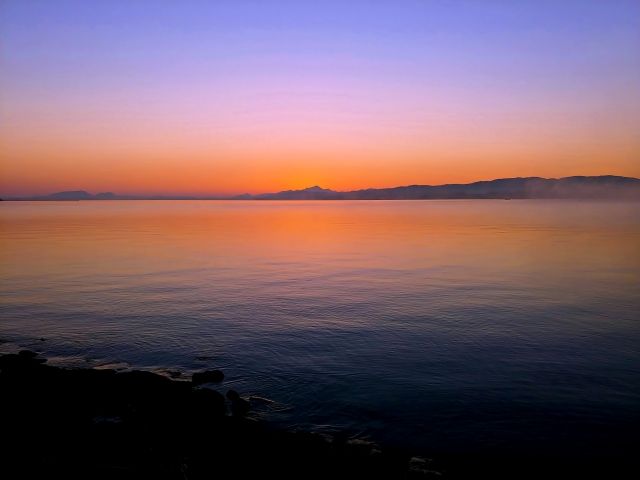What Is Izumo?
Located in western Japan’s San’in region, Izumo is unlike Tokyo, Kyoto, or Osaka. To the Japanese, it is revered as the “land of the gods”—the very stage where ancient myths unfolded. According to tradition, this is the place where the myriad deities of Japan—known as yaoyorozu no kami, literally “eight million gods”—gather once a year. For visitors, Izumo is more than a destination; it is an entryway into the spiritual origins of Japanese culture.
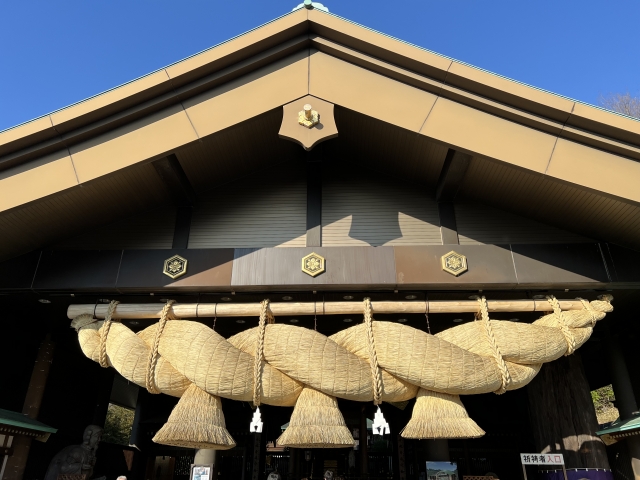
At the heart of this heritage lies Izumo Taisha Grand Shrine, one of Japan’s oldest and most sacred shrines. Dedicated to Ōkuninushi-no-Mikoto, the deity of creation and harmonious relationships, it is renowned for its blessings of good fortune and human connections. The shrine’s immense shimenawa—a sacred rope woven from rice straw—commands awe even for those unfamiliar with Shinto traditions, while the solemn atmosphere of its grounds leaves a lasting impression.
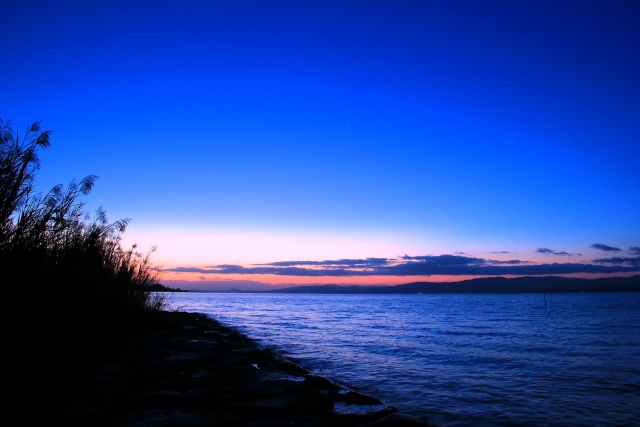
Yet Izumo is not defined by spirituality alone. The region offers breathtaking natural beauty: the sun setting into the Sea of Japan, the glowing reflections over Lake Shinji, and tranquil hot springs hidden in the hills. Here, nature and belief are inseparably intertwined.
How to Get There
Though set in a quieter corner of Japan, Izumo is surprisingly accessible.
- By Air
- From Tokyo (Haneda): approx. 1 hour 30 minutes to Izumo Enmusubi Airport.
- From Osaka (Itami): approx. 1 hour.
From the airport, buses and taxis reach the shrine area in about 30–40 minutes.
- By Rail
Izumo is connected by the JR San’in Line, offering a scenic journey from cities like Matsue and Yonago. Though slower, the ride allows travelers to savor the pastoral landscapes of the San’in countryside.
How Long to Stay
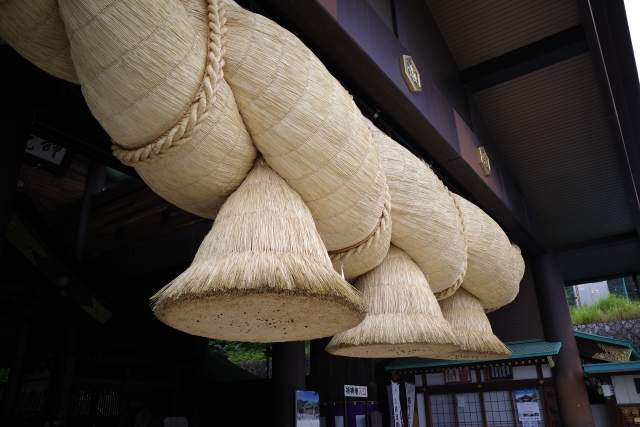
- One Day: A visit to Izumo Taisha and its surrounding shrine town, with a taste of local specialties such as Izumo soba noodles, provides a fulfilling introduction.
- Two to Three Days: Add a sunset cruise on Lake Shinji, a stroll through the historic castle town of Matsue, and an overnight stay in a hot spring resort such as Tamatsukuri Onsen for a deeper, more balanced experience.
The more time you spend, the more Izumo’s unhurried rhythm becomes a luxury in itself.
Journeys Beyond Izumo
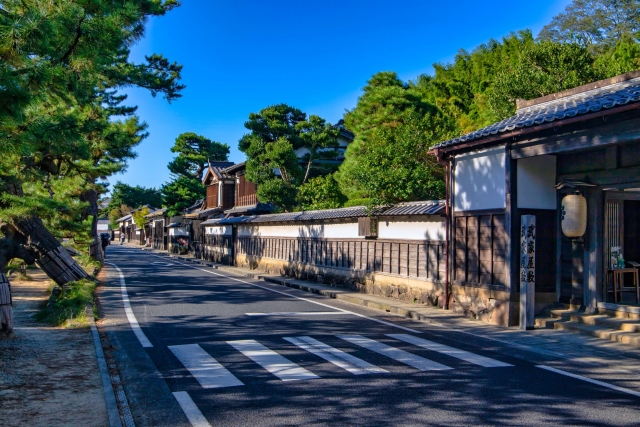
While Izumo alone is enchanting, pairing it with nearby destinations creates a richer journey:
- Hinomisaki: A dramatic cape famed for sunsets over the Sea of Japan.
- Tottori Sand Dunes: A surreal, desert-like landscape just 2.5 hours by car, unique to the San’in region.
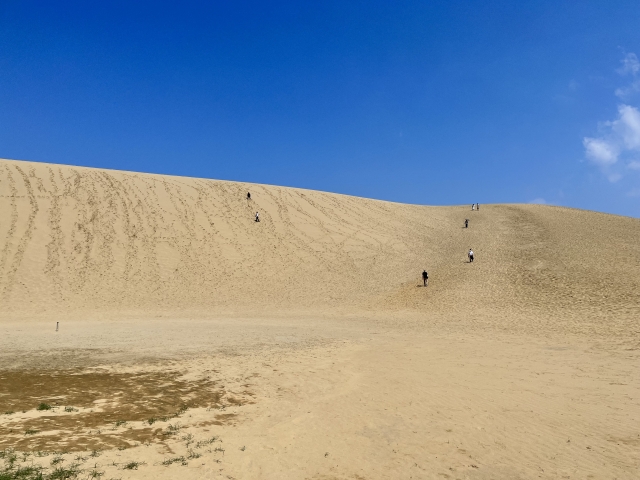
- Hiroshima & Miyajima: A few hours by train, where the Peace Memorial Park and Itsukushima Shrine provide a contrasting perspective to Izumo’s quiet spirituality.
- Matsue: A lakeside city with the National Treasure Matsue Castle, samurai residences, and refined tea culture.
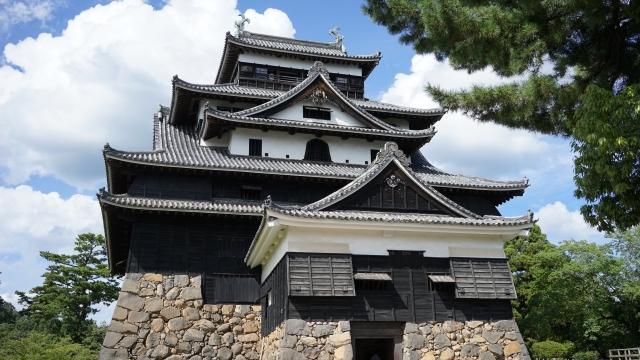
What Makes Izumo Unique
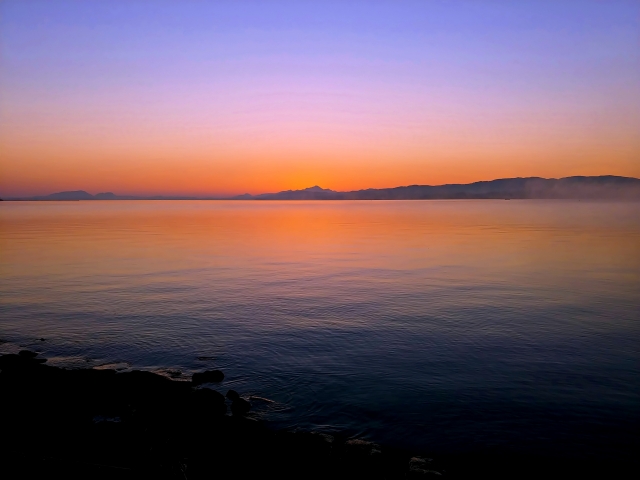
Unlike Kyoto or Nara, where temples bustle with visitors, Izumo offers a different kind of encounter—one that is quieter, more contemplative, and deeply rooted in Japan’s mythological past. It is not the abundance of attractions but the depth of atmosphere that defines this place.
Stand on the shores of Lake Shinji at dusk, as the sky turns crimson and the water glows with reflected light, and you may feel time itself slow down—nature speaking in a language beyond words. It is this kind of experience that sets Izumo apart.
When to Visit & What to Wear
- Spring (Mar–May): Cherry blossoms and fresh greenery; a light jacket is ideal.
- Summer (Jun–Aug): Warm and humid; best for summer festivals and seaside landscapes. Light clothing with sun protection recommended.
- Autumn (Sep–Nov): Crisp air and vivid foliage; comfortable during the day, but bring a layer for cool evenings.
- Winter (Dec–Feb): Snow occasionally blankets the shrine, creating an ethereal scene. Warm coats and sturdy footwear are essential.
Why Izumo Matters
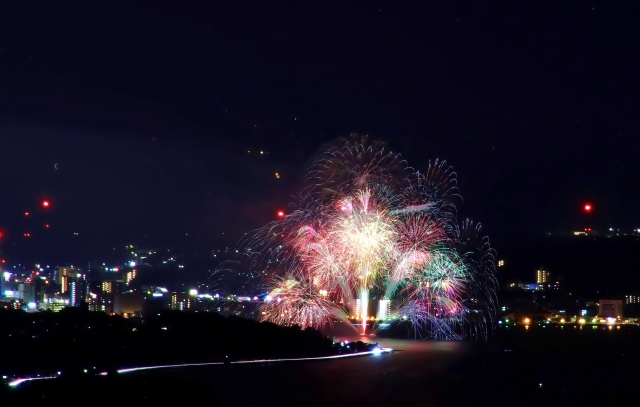
To travel to Izumo is to step into the spiritual heart of Japan. It is a journey not only through space but through time—back to the myths that continue to shape Japanese thought, aesthetics, and reverence for nature.
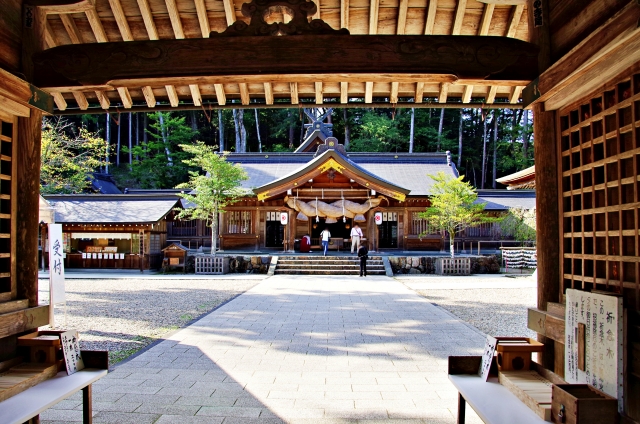
More than sightseeing, Izumo offers a rare chance to encounter the foundations of a nation’s cultural soul. It is here, in this sacred land, that one begins to understand Japan at its deepest level.

